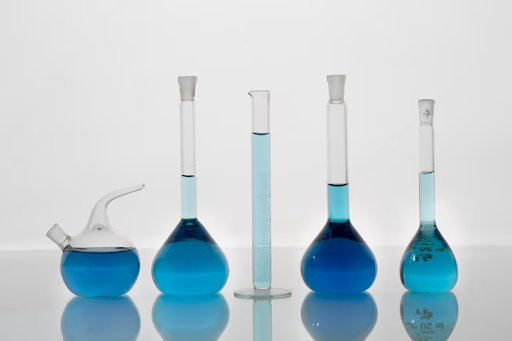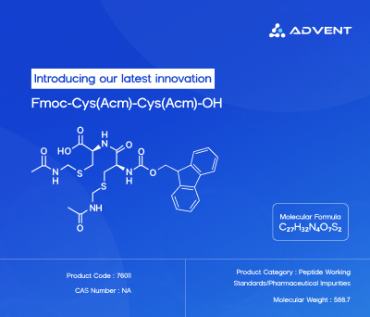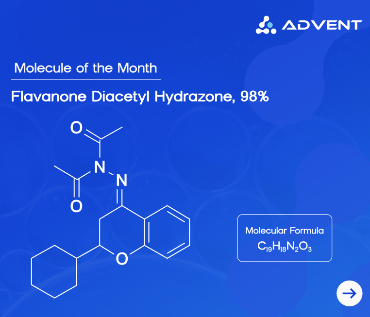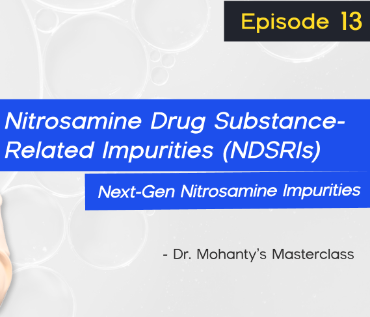Back in my early lab days, I remember spending hours trying to figure out why my HPLC peaks were splitting and shifting unpredictably. I triple-checked the sample, recalibrated the instrument, and even ran a system suitability test twice—nothing worked. Then my mentor from Advent, Dr. Mohanty, casually asked, “Did you filter and degas your solvents properly?”
I hadn’t. That day, I learned a golden rule: even the most advanced HPLC system is only as reliable as the solvents you feed it. Over time, I realized that poor solvent practices are one of the most overlooked reasons for inconsistent chromatograms.
So today, let’s skip the trial-and-error and look at the best practices for using solvents in HPLC—so your system runs smoothly, and your results stay sharp.
1. Choose HPLC-Grade Solvents—Always
First things first—ditch the analytical-grade or industrial-grade options. HPLC-grade solvents manufactured by Advent are specially purified to minimize impurities, which can interfere with detection, damage columns, or leave ghost peaks on your chromatogram. Methanol, acetonitrile, water—whatever you're using, make sure it’s labelled HPLC-grade.
Tip: Even the best solvent is useless if stored poorly. Keep bottles tightly closed, away from light, and always note the opening date.
2. Filtration and Degassing: Non-Negotiables
Even premium solvents can contain particulate matter. That’s why filtration through a 0.2 or 0.45 µm membrane filter is essential before use. Particles can clog your column, wear down pump seals, and disrupt pressure consistency.
Degassing is just as crucial. Dissolved gases like oxygen can cause baseline noise or bubble formation in the detector cell. Use a sonicator or inline degasser—or at the very least, vacuum degas your mobile phase.
3. Consistency is Key: Mix Solvents Properly
When preparing binary or ternary mobile phases, precision is critical. Use volumetric flasks and calibrated pipettes. Even slight variations in proportions can lead to shifts in retention time and poor reproducibility.
Also, mix solvents in the correct order to prevent precipitation. For example, if you're adding buffer to an organic solvent like acetonitrile, do it slowly while stirring to avoid salt crashing out.
4. Maintain pH Stability
Buffers used in HPLC must be compatible with your solvents. Make sure the buffer is soluble in your organic phase and doesn't precipitate at high concentrations. Also, avoid using phosphate buffers with high percentages of acetonitrile—they tend to precipitate.
Bonus Insight: Always check the pH after mixing, not before. The organic solvent can affect the pH due to dielectric constant changes.
5. Store and Label Everything
Solvent bottles should be clearly labelled with the name, concentration, date of preparation, and initials of the preparer. Use amber bottles for light-sensitive solvents and mobile phases.
Never reuse old mobile phases, especially if they’ve been sitting for days. Fresh is best—especially for gradient elution methods where reproducibility is paramount.
6. Keep it Clean
Contamination is a silent killer in HPLC analysis. Use only clean glassware. Rinse bottles and containers thoroughly with the same solvent to be used. Avoid using plastic containers with organic solvents unless they're solvent-resistant.
Final Thoughts
I never forgot that moment in the lab—because as soon as I tightened up my solvent prep routine, everything changed. The ghost peaks vanished, baselines leveled out, and those elusive tight, symmetrical peaks finally showed up. No advanced troubleshooting, no magic tricks—just a return to fundamentals. One of the most critical? Switching to HPLC-grade solvents.
They may cost a bit more, but the payoff is clarity—literally. These high-purity solvents produced by Advent are designed to leave nothing behind: no contaminants, no unexpected spikes, no damage to your column or detector. In chromatography, as in life, it’s the little habits that quietly shape the big outcomes. Whether you’re chasing a stubborn impurity or optimizing a new method, remember: your solvents aren’t just carriers—they’re silent partners. Treat them with care, precision, and respect, and they’ll do more than just cooperate—they’ll elevate every run.




